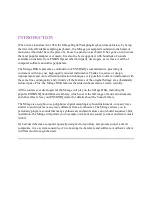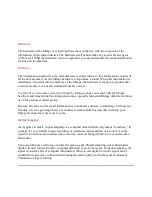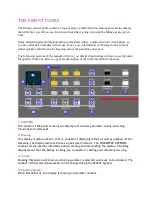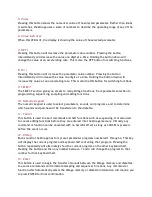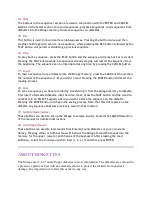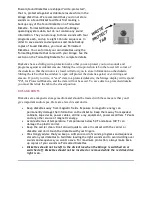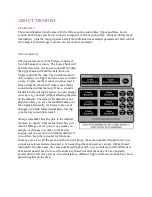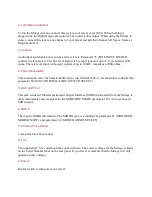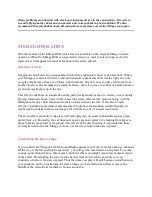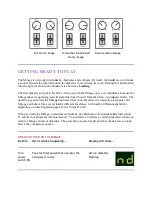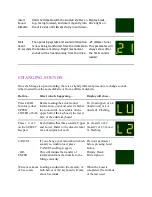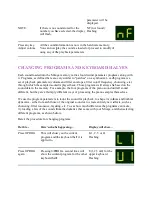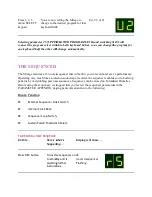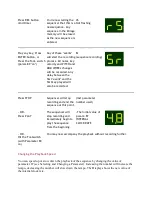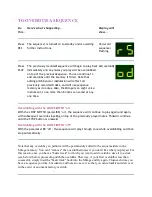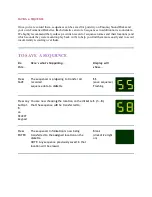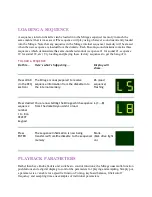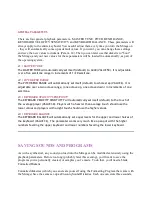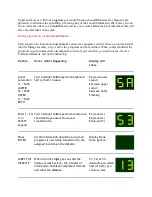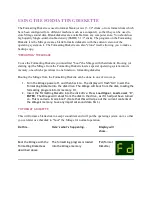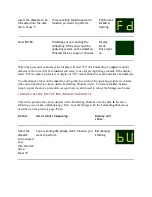
Many problems encountered with electronic instruments are in the connections. It is wise to
use only high quality cables and connectors and to keep them in good condition. We also
recommend that you double check all connections every time you set the Mirage up to play.
STEREO OPERATION
One new feature of the Mirage DSK which was not available on the original Mirage is stereo
operation. When the Mirage DSK is connected in stereo to a mixer or stereo amp, each of its
eight voices will appear in a random location in the stereo spread.
How does it work?
Imagine the area between your speakers divided into eight equal zones, or pan locations. When
your Mirage is connected in stereo, and each channel is panned as shown at the right, any note
you play might come from any of these eight locations. The next note you play will come from
another location. The assignment is totally random - there is no way to control or predict where a
given note might show up in the mix.
This effect works best on sounds like string pads, background vocals, etc., where you are mostly
playing sustained chords. Used in this context the stereo effect can be quite stunning, with the
different notes of a chord all panned to their own locations in the mix. It can also be quite
effective in adding some interest and movement to drum and percussion sounds, though you
might want to constrain the stereo image a bit with these sorts of sounds (see below).
The stereo effect generally works less well when playing solo parts with sounds such as piano,
guitar, flute, etc. Basically, the ear does not expect a piano or guitar to be leaping from place to
place in the stereo spread as it's played - the effect can be disconcerting. For sounds like these
you might want to run the Mirage in mono, or severely constrain the stereo spread,
Constraining the Stereo Image
If you connect the Mirage's Left/Mono and Right outputs to your mixer and pan the two channels
all the way to the left and right respectively, you will get the maximum stereo spread. For some
sounds, as mentioned above, this is great, while for others you might want a less radical version
of the effect. By adjusting the pan of each channel closer to the center position, you can
constrain, or narrow the stereo spread. Thus the notes you play will still bounce around between
your speakers, but by constraining the stereo image you have defined a narrower area in the
middle of the stereo field for them to bounce around in.


